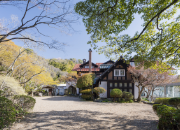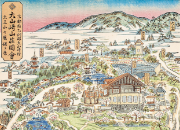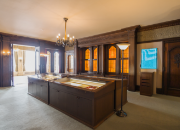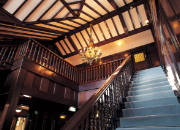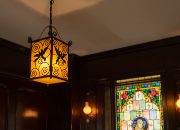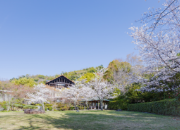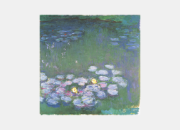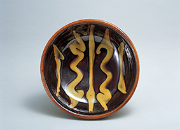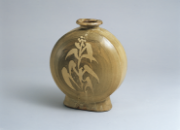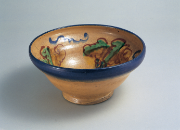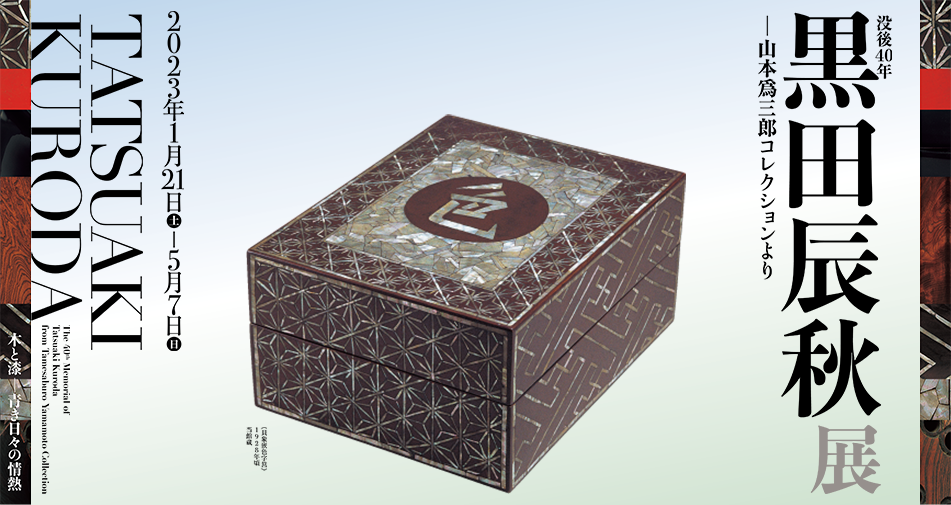This exhibition marks the 40th anniversary of the death of Tatsuaki Kuroda (1904–1982).
Born as a son of a family that owned a lacquer workshop (nushiya) in Kyoto, Kuroda felt doubts about the division of labor in the wood lacquerware creation process from his young days. Those doubts fueled his desire to assume sole responsibility for the entire process, from the creation of plain pieces of woodwork, through lacquering and decoration, to the finish. His acquaintance with Soetsu Yanagi and Kanjiro Kawai got him involved in the Mingei Movement. In 1927, Kuroda founded The Kamigamo Mingei Craftsman’s Association (Kamigamo Mingei Kyodan) with young people who had the same desire as his and started living a communal creative life. After the association dissolved, Kuroda began his career as a full-fledged wood lacquerware artist. In 1970, his long-term energetic efforts brought him the status of a holder of an Important Intangible Cultural Property (Living National Treasure), the first in the field of wood craftwork.
This exhibition focuses especially on works from his early 20s, which provided a solid foundation for his style and can be seen as a condensation of various elements that characterized his works. After his encounter with the Mingei Movement, Kuroda created many lacquered items of furniture and equipment to be displayed in the Mingei Pavilion at the Domestic Product Promotion Exposition held in Tokyo in 1928 to celebrate the enthronement of Emperor Showa. Those items included a clear-lacquered, zelkova wood table set, one of his most representative early works. The building of the Mingei Pavilion, together with furniture and equipment therein, was bought by Tamesaburo Yamamoto, the first president of Asahi Breweries, Ltd., who was a supporter of the Mingei Movement. After the exposition, the building was removed and reconstructed on the site of his residence in Mikuni, Osaka, and began to be called “Mikuni-so.” The collection of Tamesaburo Yamamoto, which was donated to Asahi Beer Oyamazaki Villa Museum of Art by the Yamamoto family, has constituted the core of the museum’s overall collection since its opening. By displaying all of the works by Tatsuaki Kuroda in our collection, this exhibition explores the origin of the creation of the master lacquerware artist while also referring to the dawn and development of his career.
| Date |
2023/1/21(SAT)-2023/5/7(SUN) |
|---|---|
| Closed |
Mondays(except Mar.20, 27, Apr.3, may.1) |
| Organizers |
Asahi Beer Oyamazaki Villa Museum of Art,Nikkei Inc. |
| Admission |
|
| Supporting Groups |
Kyoto Prefecture, |
Main Exhibits
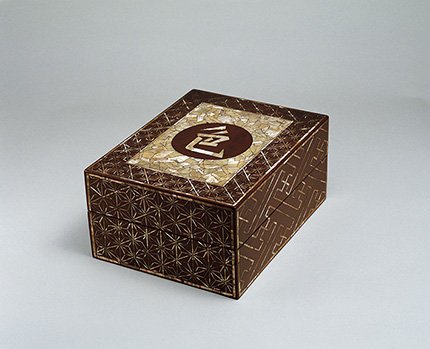
around 1928
Asahi Beer Oyamazaki Villa Museum of Art
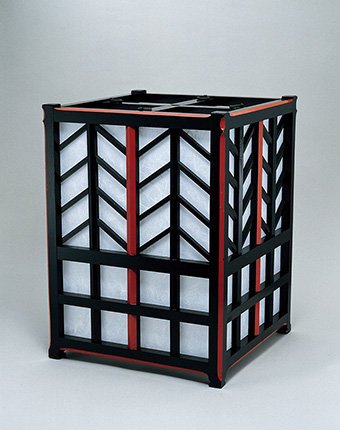
around 1928
Asahi Beer Oyamazaki Villa Museum of Art
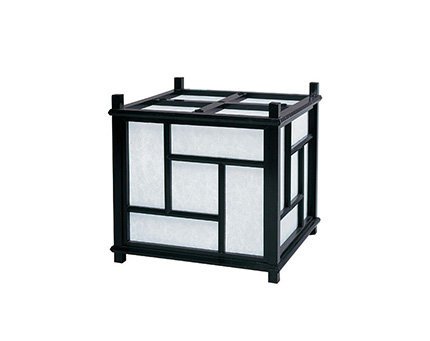
around 1928
Asahi Beer Oyamazaki Villa Museum of Art
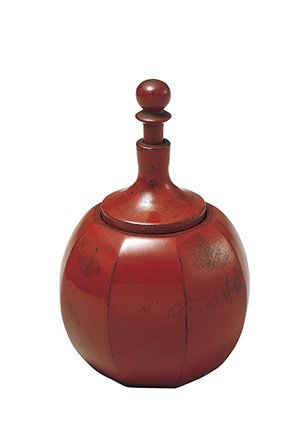
around 1932
Asahi Beer Oyamazaki Villa Museum of Art
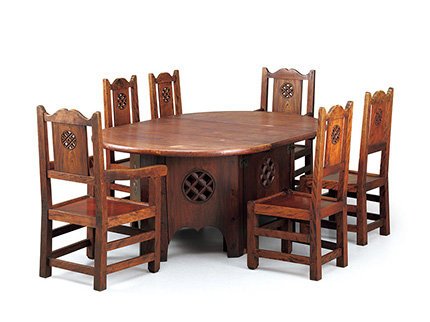
Armchair, clear lacquered, zelkova wood
Chair, clear lacquered, zelkova wood
1928
Asahi Beer Oyamazaki Villa Museum of Art
Related Event
We'll let you know once we decide.
Café Event Special Café Menu
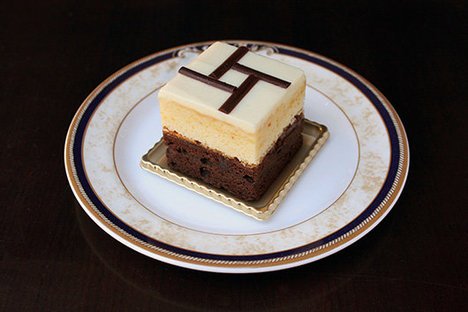
Light of Mikuniso
This cake is inspired by a lamp that Kuroda made when he was young.
The pound cake part with orange peel expresses the warm, swaying light of a lamp.
Enjoy the harmony of orange-scented frosting made from white chocolate cream and bittersweet gâteau au chocolat.
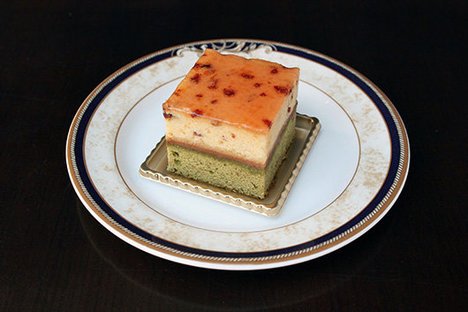
Kamogawa River: Spring in Full Bloom
This cake symbolizes the Kamogawa River flowing slowly in a flurry of cherry blossom petals in Kyoto, where Kuroda lived all his life.
The pink dried cranberries depict cherry blossom petals floating on the surface of the water, and the matcha pound cake is reminiscent of a riverbank covered with young grass.
Try this cake full of spring flavor with the subtle scent of cherry blossom liqueur and cherry blossom bean paste spreading gently in your mouth.
| Dates available | 2023/1/21(SAT) - 2023/5/7(SUN) |
|---|---|
| Cooperation | RIHGA Royal Hotel Kyoto |
| Price | Cake ¥700 each (include tax) Cake with tea/coffee ¥1200 each (include tax) *Need museum admission |

